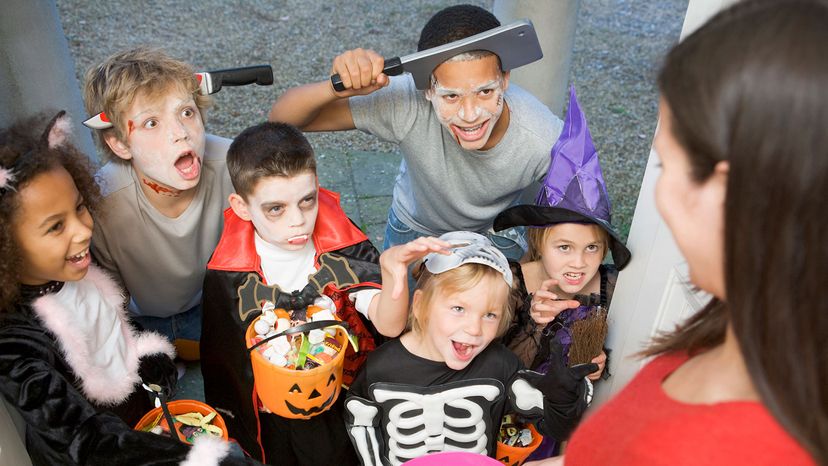
To grasp the rhyme and reason of why children don ridiculous costumes and bang down doors demanding candy once a year, we must rewind the clock a couple of millennia and visit the ancient Celtic clans of Britain. The Celts celebrated the end of fall harvest and the beginning of their new year with the pagan festival Samhain (pronounced "sow-en"), which fell on Nov. 1. On the night before the celebration commenced, the dead were thought to travel back home for an annual visit. To frighten away any accompanying evil spirits, the Celts lit fires around the countryside, and some dressed in disguise when venturing into the eerie outdoors to avoid being recognized by unfriendly ghosts. Traces of these primitive rituals persisted as the centuries wore on, and even as the Catholic Church sought to abolish the pagan pastime.
In the eighth century, the church began commemorating the feast of All Saints on Nov. 1, possibly as a replacement for Samhain. The preceding day became known as All Hallow's Eve, which was further shortened to Halloween.
Advertisement